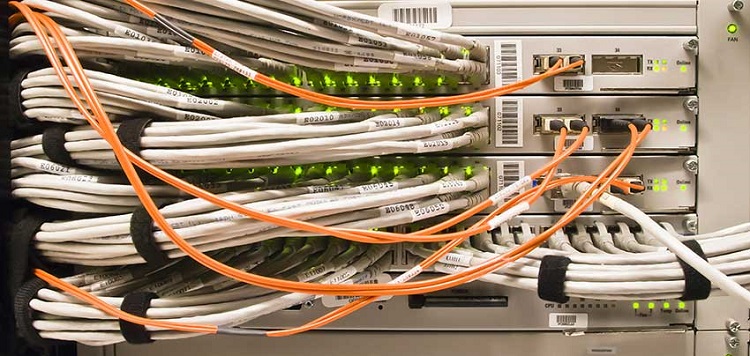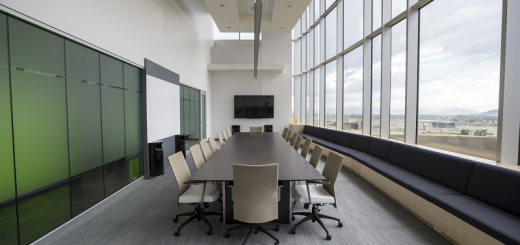What Differentiates Horizontal and Vertical Structured Cabling
Structured cabling solutions play a significant role in guaranteeing dependable and effective connection in situations where data transmission and communication are essential for enterprises. These technologies, which provide a standardized method to arrange and maintain cabling, form the foundation of contemporary network infrastructure. Vertical cabling and horizontal cabling are the two main forms of cabling used in structured cabling systems. Let’s examine the main distinctions between the two.

Horizontal Cabling
The cables and connections that go from the telecommunications room (TR) to the work spaces, such as individual offices, cubicles, or conference rooms, are referred to as horizontal cabling, also known as premises or inside plant cabling. It enables communication between active TR equipment, like as switches and routers, and end-user devices, such computers, phones, and printers.
Twisted-pair copper cables, such as Category 5e, Category 6, or Category 6A, are often used in horizontal cabling for Ethernet connectivity. Longer distances or greater bandwidth needs may also be met by using fiber optic cables like multimode or single-mode. Horizontal cabling offers specialized connection for end-user devices and is intended to satisfy the data and communication requirements of a particular space or floor.
Key Characteristics of Horizontal Cabling
Several important characteristics set horizontal cabling apart from vertical cabling:
- Limited Length: Copper and fiber optic horizontal cables may only be as long as 90 meters (295 feet) and 300 meters (984 feet), respectively. Thus, transmission mistakes are kept to a minimum and ideal signal quality is guaranteed.
- Connection to Work Areas: Horizontal cables in each work area end at connection outlets like wall jacks or floor boxes. The interface for attaching end-user devices to the structured cabling system is provided by these outlets.
Vertical Cabling
The cables that vertically link the TRs on various floors or parts of a building or campus are referred to as vertical cabling, often known as backbone cabling or riser cabling. The TRs, equipment rooms, and entry facilities may communicate with one another through high-capacity paths.
To handle the additional bandwidth and longer distances needed for linking TRs, vertical cabling often uses higher-grade cables, including fiber optic cables. To provide the appropriate passage, these cables are often put in specialized riser shafts, conduits, or cable trays.
Key Characteristics of Vertical Cabling
There are numerous fundamental properties of vertical cabling that set it apart from horizontal cable.
- Longer Length: Depending on the design of a structure or the arrangement of a campus, vertical cables may cover greater lengths, sometimes hundreds or thousands of feet. Due of their high bandwidth capacities and long-distance immunity from electromagnetic interference, fiber optic cables are frequently employed.
- Interconnecting Telecommunications Rooms: Vertical cabling provides the necessary infrastructure for data and communication transmission across diverse places by connecting numerous TRs inside a building or campus. It serves as the system’s skeleton for structured cabling.
Conclusion
Two essential parts of a structured cabling system are horizontal and vertical cabling. In order to provide effective data transmission and smooth communication, both kinds of cabling are essential.
Companies like the Rapid Voice Company must carefully examine the adoption of both horizontal and vertical cabling when establishing a structured cabling system for their organization in order to provide a strong foundation for their network.
Rapid Voice Company can make sure that their structured cabling system satisfies the needs of their communication requirements, offering dependable and effective connection across their firm, by partnering with experienced specialists and using industry best practices.



Commenti recenti